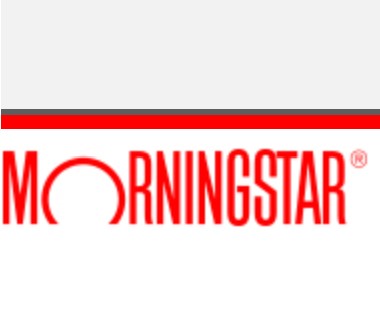
By Andrew Zbik
If investing in property, SMSF trustees should have 10 years of working life left and should hold a cash buffer that amounts to six months of all property expenses.
I recently watched another report on the TV claiming that the ability of self-managed superannuation funds to purchase residential investment property is causing a property bubble in Australia by using limited recourse borrowing arrangements (LRBAs) (or borrowed money).
Let’s look at the facts.
LRBAs have grown substantially since 2007 (in 2007, SMSFs were permitted for the first time to borrow money to buy assets like property and shares).
Putting this into perspective, the total value of residential mortgage loans in Australia today is approximately $1.63 trillion. As at March 2016, total LRBAs in self-managed superannuation funds amounted to $19 billion.
Therefore, assuming most LRBAs are for the purpose of purchasing property, LRBAs within the superannuation system account for 0.12 per cent of all loans.
The current value of the Australian residential property market is approximately $6.05 trillion. As at March 2016, the value of residential property within SMSFs was approximately $24.42 billion.
When taking the total value of residential property purchased in SMSFs into perspective, this only accounts for 0.40 per cent of the value all residential properties in Australia.
The relative value of both LRBAs within the superannuation system is relatively small compared to the value of the Australian financial system.
Are these figures large enough for SMSFs to be responsible for driving a property bubble? I’ll let you make up your own mind.
If you are considering using your superannuation to establish your own SMSF to purchase a residential investment property, here are a few broad guidelines I use when considering if such a strategy is appropriate:
1) Minimum super balance: The Australian Securities and Investment Commission (ASIC) advises that a minimum of $200,000 is required to establish an SMSF. However, most lenders are now requiring a 10 per cent liquidity buffer of cash and/or shares outside of the value of the property. So, it really makes sense to have at least $250,000 if you’re a considering using your superannuation to purchase a residential investment property.
2) At least 10 years of working life left: This is not an ideal strategy for people who have less than 10 years to work. A full property cycle in Australia is around 10 years. You need to give time for your property to grow in value.
3) Protect your cash flow: What happens of one of the members loses their job? Or if you lose a tenant? An SMSF should hold a cash buffer that amounts to six months of all property expenses that includes loan repayments and rental costs such as landlord insurance, strata fees and council rates.
4) What is the plan to pay off the loan? Whenever you take on a loan, you need a plan to pay it down. Will your concessional contributions be enough to pay out the loan? Will you need to make extra contributions to your SMSF to have the property loan paid down before retirement? These questions need to be answered.
This article by Andrew Zbik originally appeared in Morningstar on the 27th January 2017. References to Andrew Zbik have been amended to mention CreationWealth.
